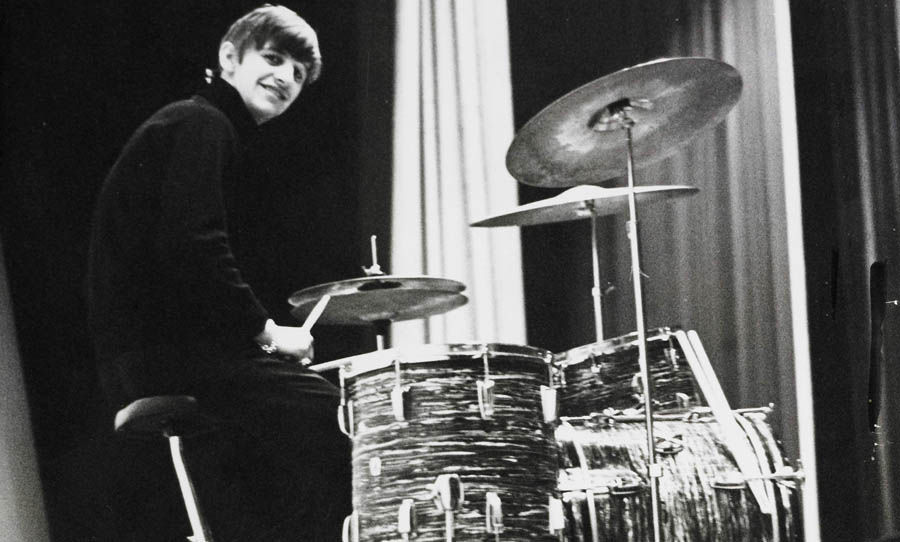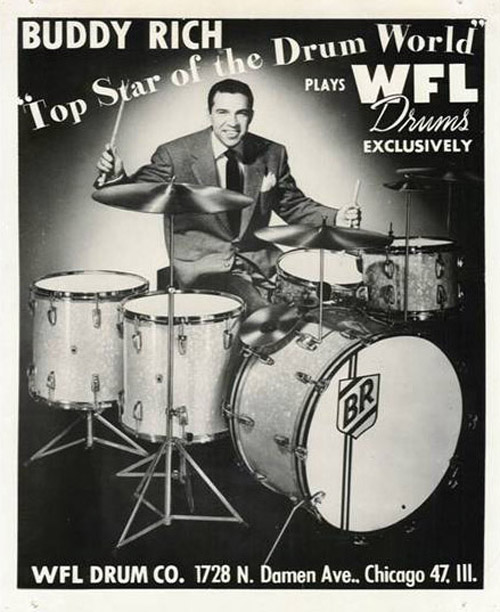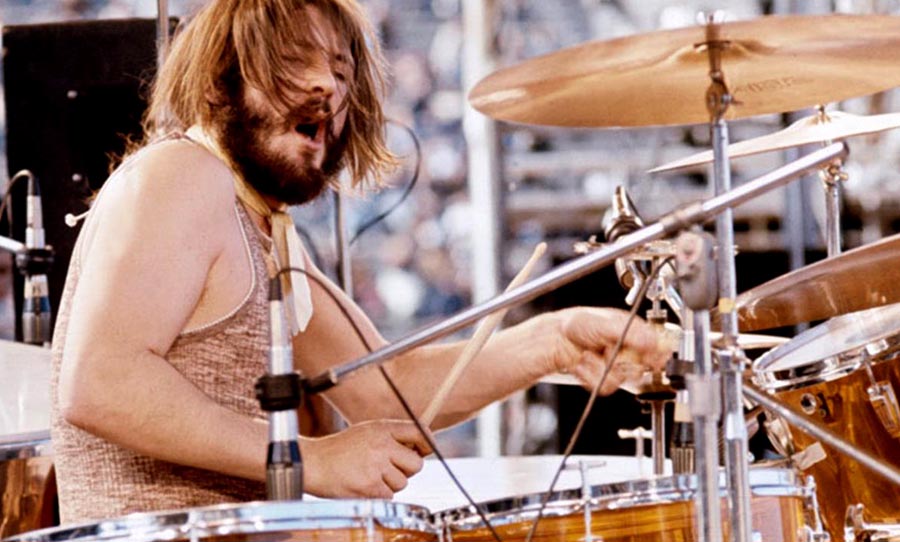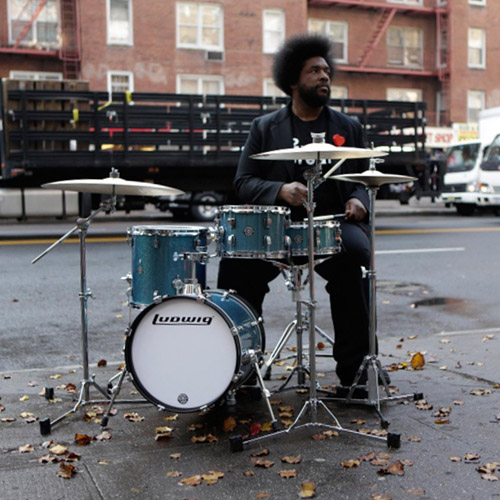From humble beginnings, Ludwig has established an unrivalled pedigree in percussion. With their swagger, sound and soul, these drums continue to resonate.
Ludwig—a brand of percussion instruments that is still going strong today—has roots that stretch far into the previous century. Launched by the Ludwig brothers in Chicago, the company rose to prominence quickly and before long they were the biggest drum company in the world.
To survive—let alone thrive—in any business for more than a hundred years, you have to roll with punches. Ludwig has had periods of turbulence along the way, but by staying true to their craft—and garnering some very helpful endorsements—Ludwig has managed to stay on top of its game more than a century on from its birth.

From the mind of a drummer
They say necessity is the mother of invention and like many a grand business, Ludwig was born to solve a drummer’s problem. William Ludwig was a professional percussionist who wanted to design a build a bass drum pedal (as any drummer would tell, a crucial element in customising your own kit). His work as a percussionist was inconsistent, so William and his brother, Theobald, founded a drum shop in Chicago called Ludwig & Ludwig.
Beginning in 1909, the company quickly grew. This was a time before radio—and subsequently the recording industry—became commercially viable. Therefore, music was very much a live industry in which William himself participated. The need for drummers to have good quality equipment as they played circus and vaudeville shows while touring around the country was essential.
The bass drum pedal that created the snowball was especially prescient. This era was on the cusp of the jazz age, ensembles were modernizing, and the drum kit as we know it was beginning to take shape. As such, the Ludwig name spread like wildfire and from a fledgling company, they became the biggest drum manufacturer in the world by 1923. This partnership of brothers was now managing hundreds of staff.
In the late 1920s, the company was bought by C.G. Conn, a competitor that made brass and reed instruments. William Ludwig would go onto form WFL—strangely enough, a company that would compete directly with the Ludwig brand (incidentally, Leo Fender found himself in this situation in the 1970s). It wasn’t until the 1950s that William Ludwig—this time in partnership with his son, Bill Jr.—was able to acquire the trademark and start making drums under the Ludwig name again.
Free advertising
Bandleader and jazz icon Buddy Rich was famously a Ludwig and WFL enthusiast. And though he endorsed different brands throughout his career, he came back to Ludwig later in life. The recognition of the brand shot through the roof, however, when the kit became a mainstay on The Beatles stage. When Ringo Starr climbed behind the kit on the Fab Four’s first televised performance in the U.S., the Ludwig logo was beamed to tens of millions of viewers across the country.
Starr wasn’t necessarily enamoured to the Ludwig sound upon first inspection. He was attracted to its dashing black pearl looks and exotic heritage. He explained in an interview with The Rock & Roll Hall of Fame: “As I buy this kit, the guy goes to rip off the Ludwig sign. I said no, no, no, you gotta leave that on—it’s American.” Starr’s fateful decision was better than any advertising that the company could buy.

Strength in numbers
From then on, Ludwig found itself in the backline of more bands than you can imagine. And as for the sound, you only need to consider the sheer variety of drummers that favoured the Chicago brand. From Ringo onwards, it would become a staple in the rock world. John Bonham created one of the most recognisable drum tones in existence with a Ludwig kit, as did Charlie Watts.
Wrecking Crew legend Hal Blaine used a Ludwig on Beach Boys classics, which embodies an entirely different approach compared to the hard-hitting style of Led Zeppelin. The Californian rock of Fleetwood Mac and The Eagles was also well-served by the dynamic range of this preeminent instrument.
Though it was subsumed into the Conn-Selmer conglomerate, Ludwig continues to create kits from a broad range of materials, suiting a massive array of styles. As is their tradition, you’re just as likely to see this kit on the modern jazz stage with Nate Smith or Femi Koleoso of Ezra Collective, knocking out the punchy hip-hop grooves of Questlove, or the raucous rock of Meg White of The White Stripes.

William Ludwig Sr died in 1973, aged 93. It’s telling that he continued to ply his trade as a percussionist in parallel with a business that could’ve easily consumed all of his time. His craft and artistry continued to fuel the innovations of the company throughout his long life and beyond.


